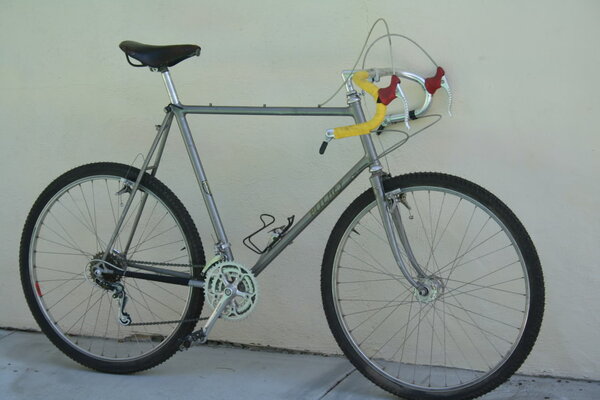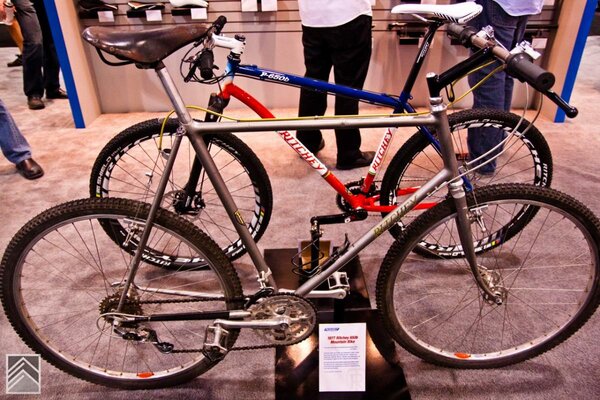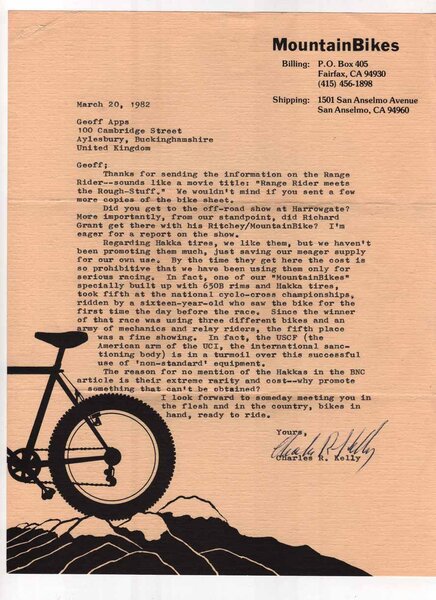legrandefromage":3j3ka2b7 said:Early production 'All Terrain Bikes' were more sturdy tourer related than anything else.
Lug and tubing options were limited, customising these would have been expensive for mass production until new options came along.
Many tourers can do most of what the 'MTB' is supposed to do, especially pre WWII 650b stuff.
This wouldnt take a lot to start looking like an 'MTB'

Agreed - I think my argument though is that it's not a 'Mountain Bike' as I would understand it just because it doesn't come out of the Marin tradition. Doesn't mean it's not capable or solid - I'm thinking of 'Mountain Bike' more as a brand name (well not exactly - but hopefully you see my point!



